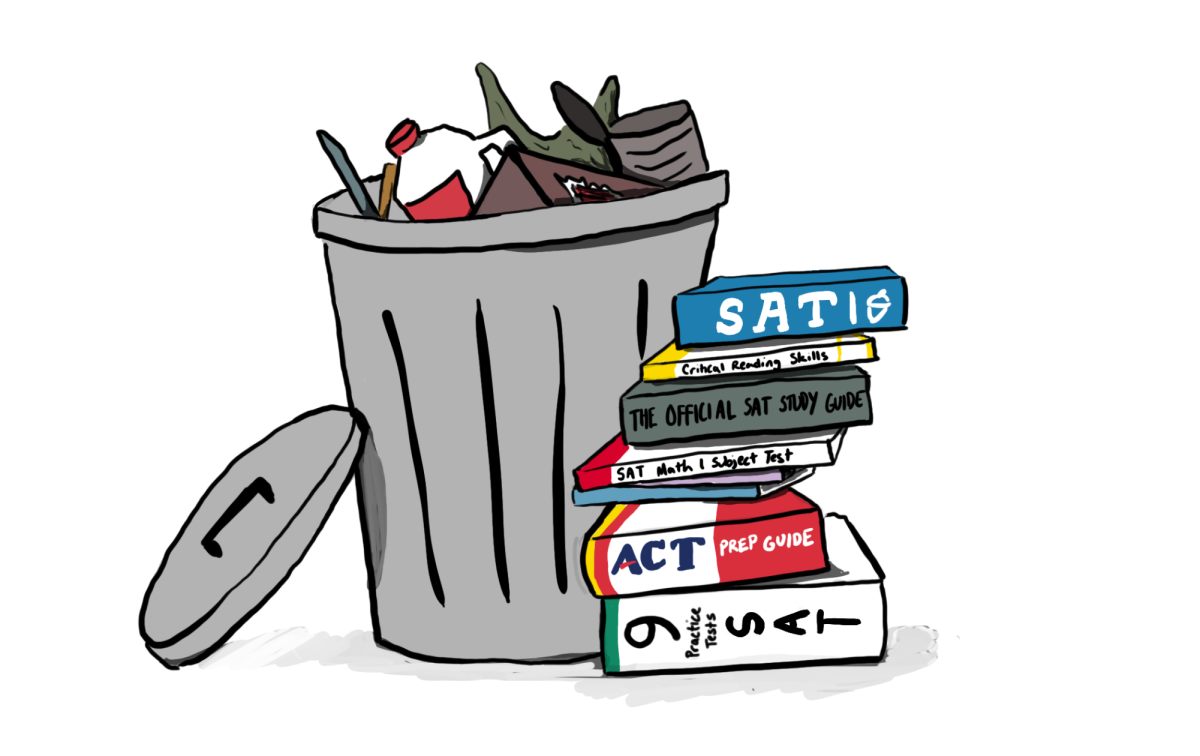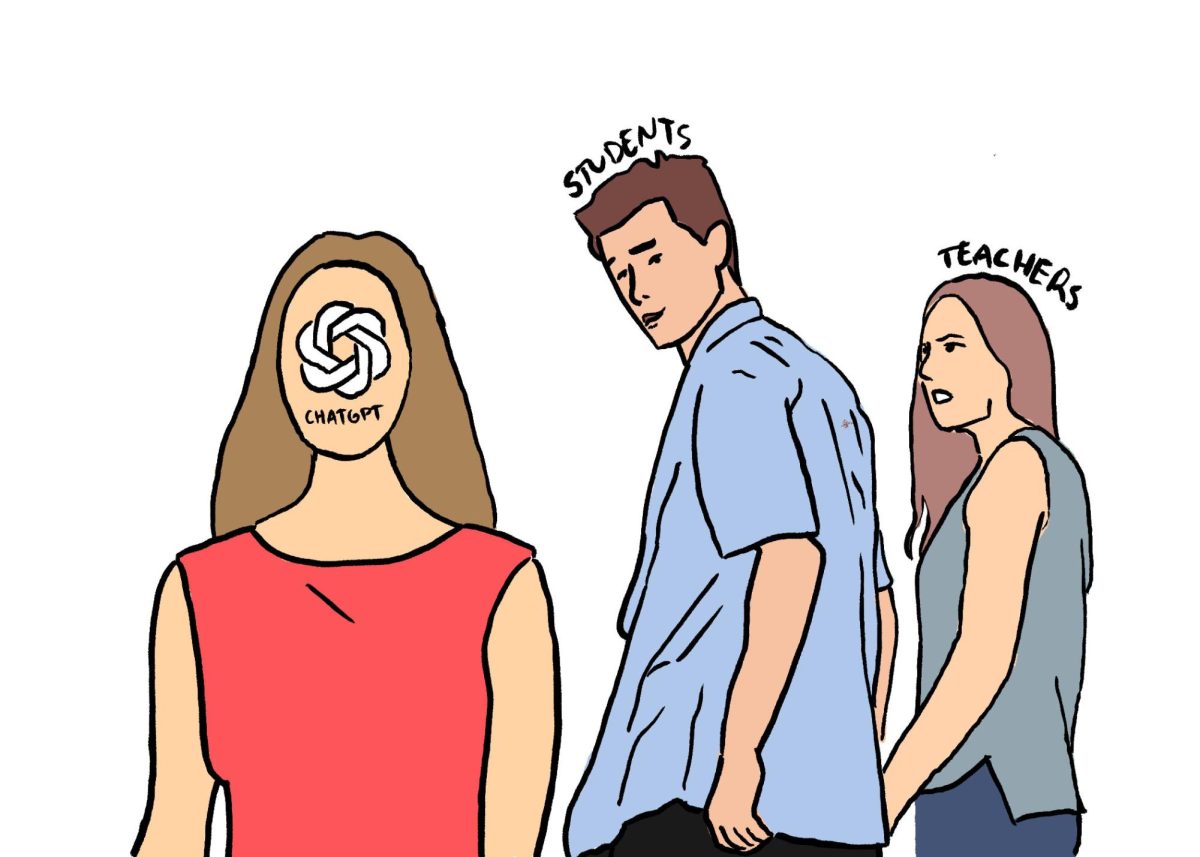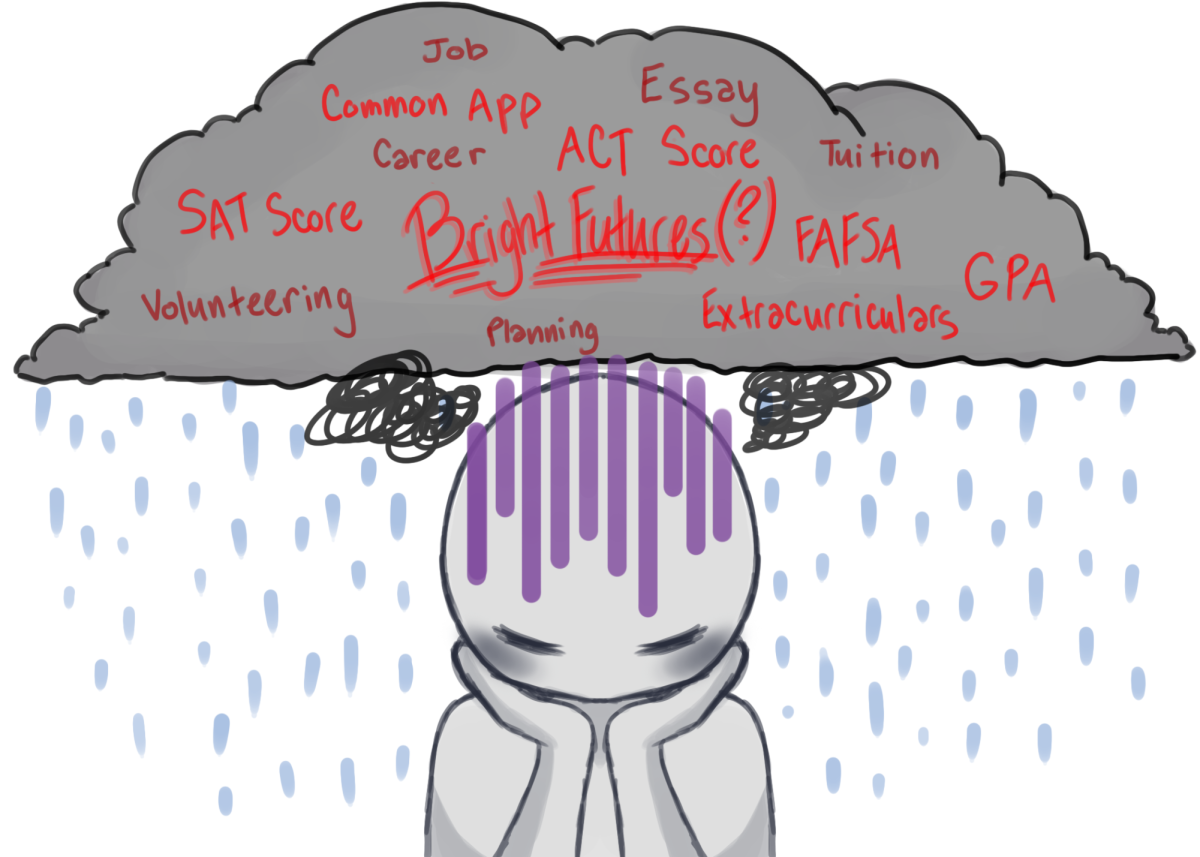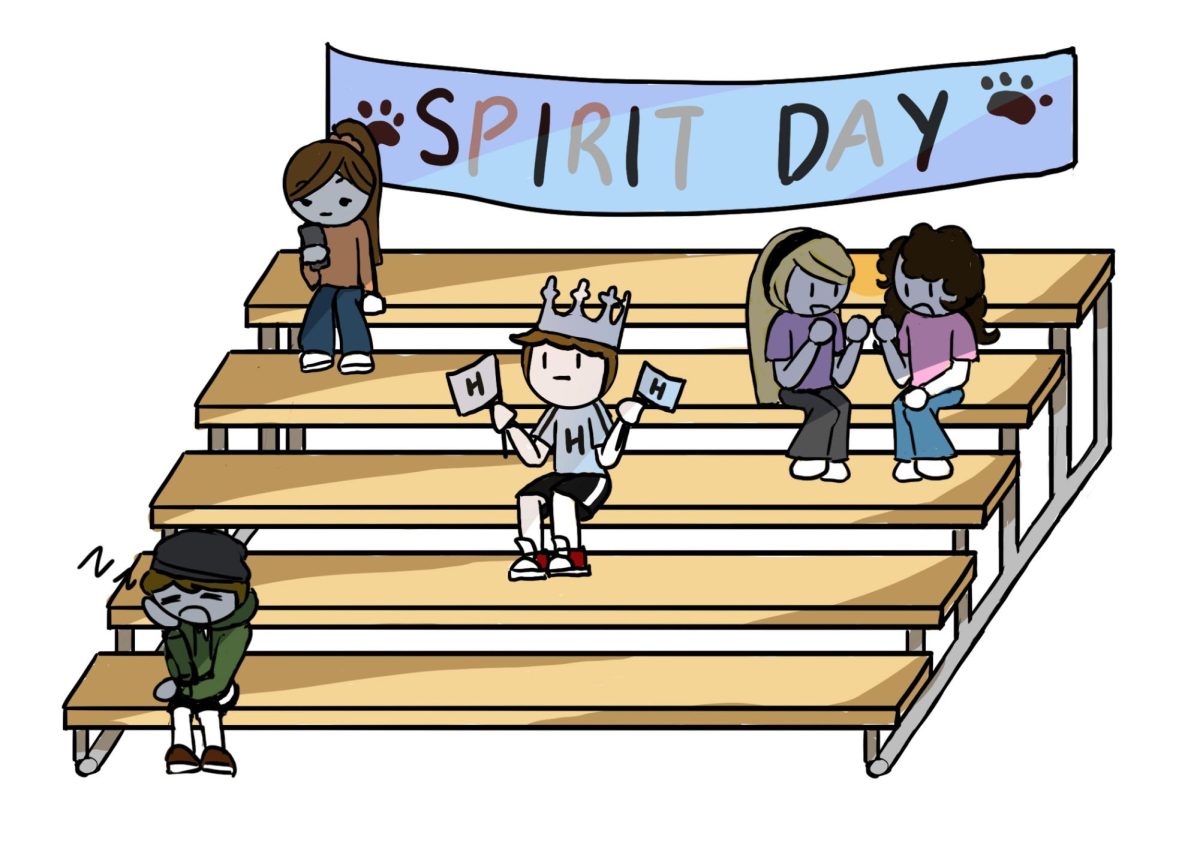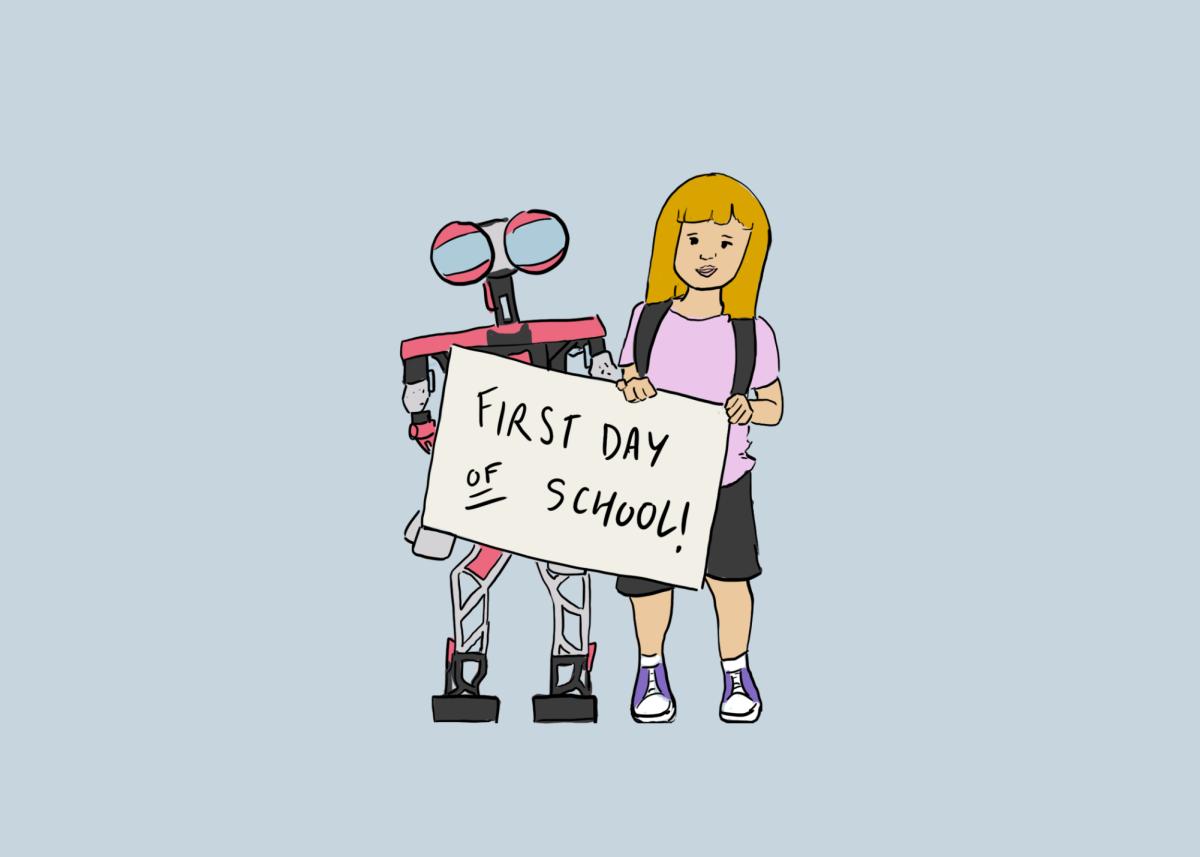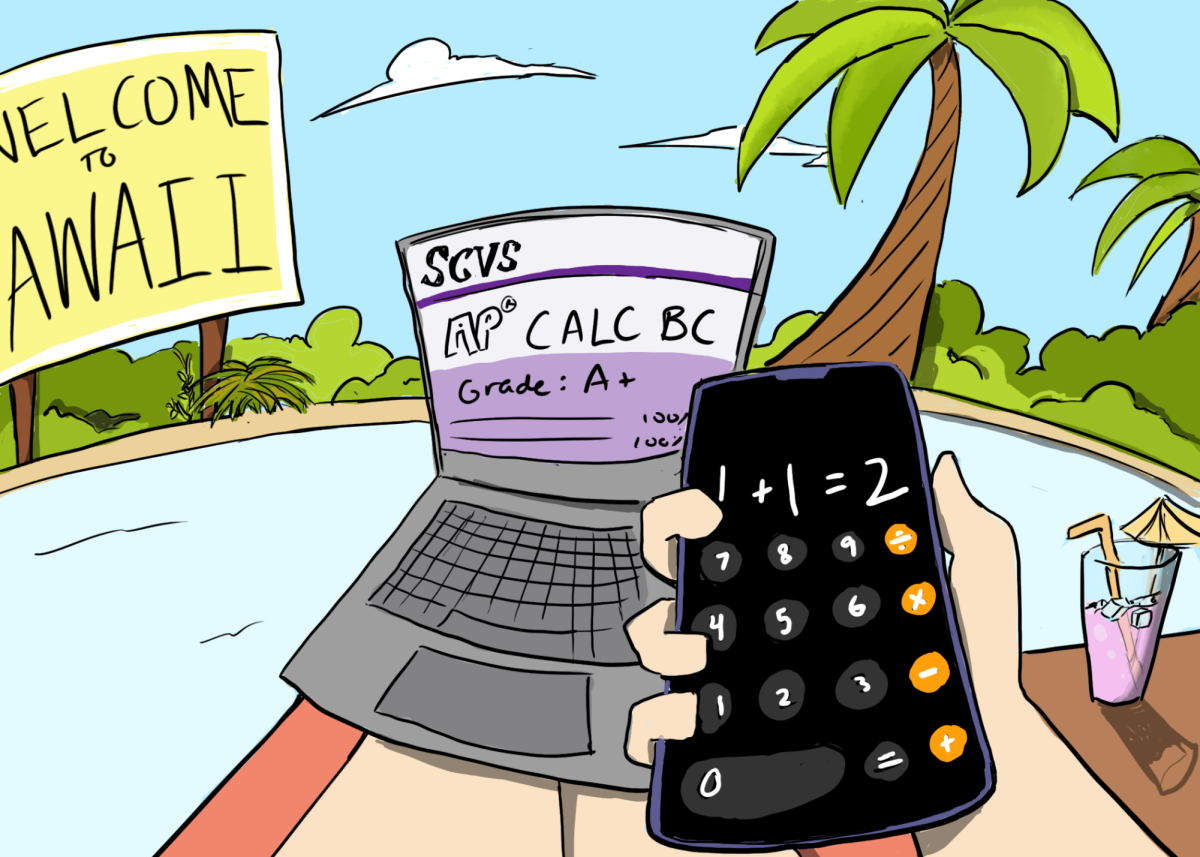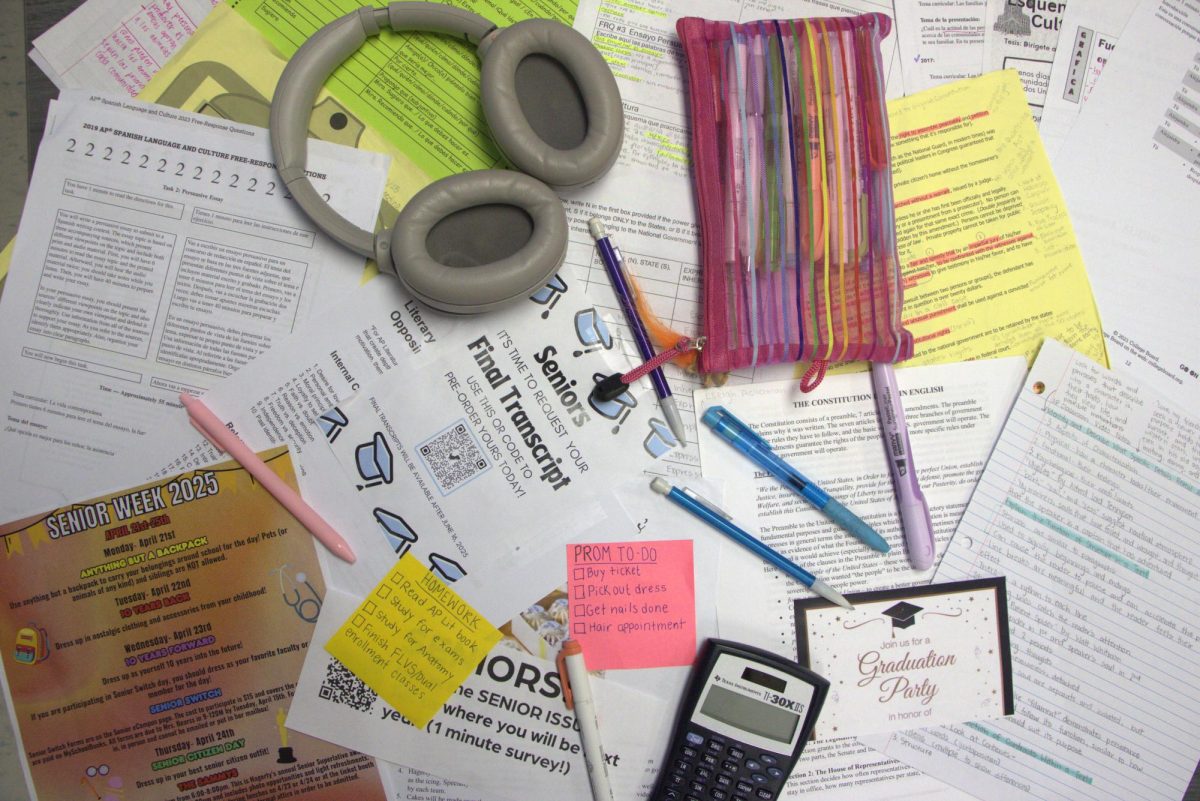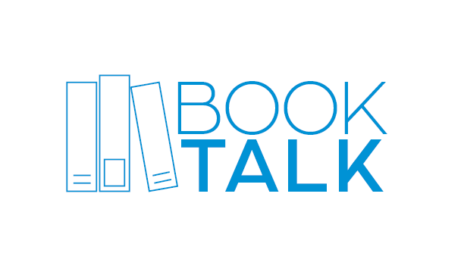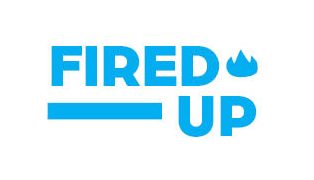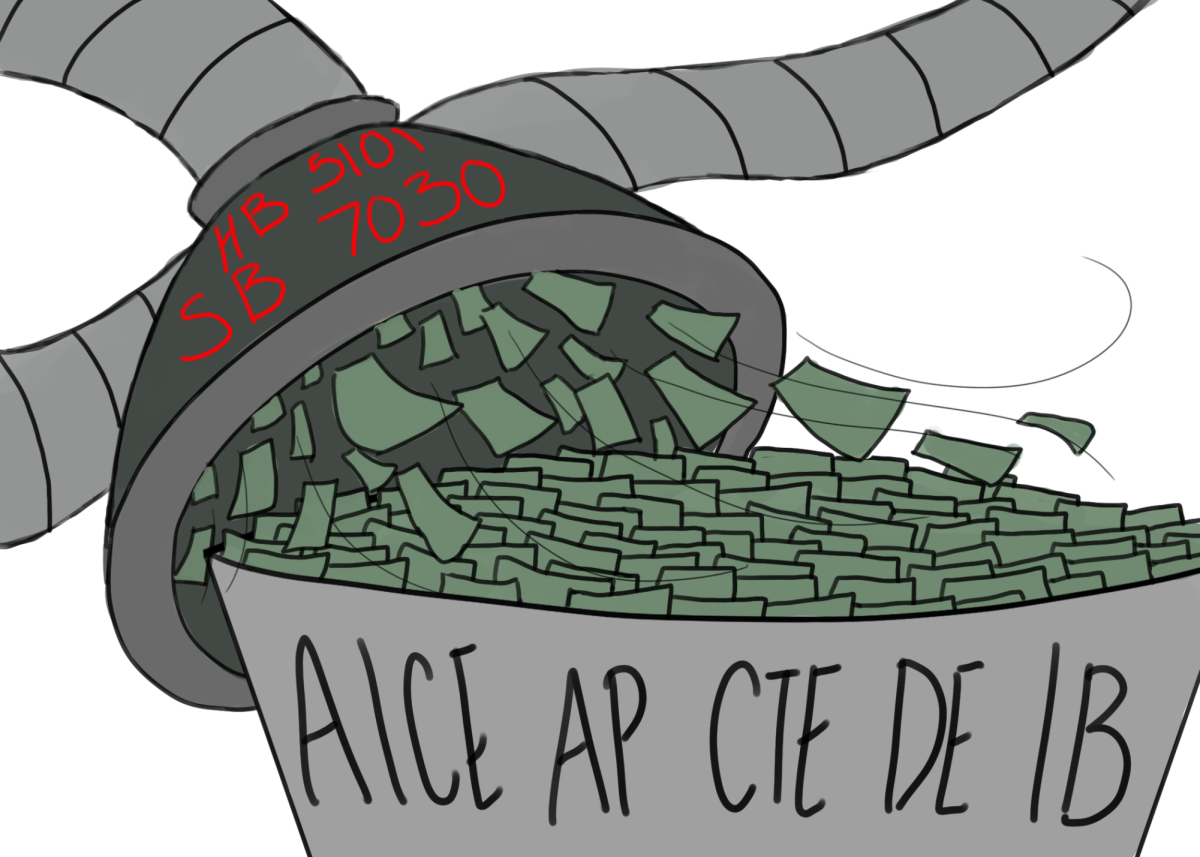“Standard” is quite literally written in the phrase standardized testing; however, the process has been anything but standard. Students are tested excessively, taking the SAT, ACT, PSAT, CLT, FAST, and EOC (just to name a few) in order to graduate high school and enter the next phase of their schooling, but there really is no universal consensus for what students actually have to do in order to be ready for college.
With both the SAT and ACT, and now the Classical Learning Test, backed standardized test after the governor Destantis and College Board feud, students are faced with more testing than ever.
During the pandemic, test scores lessened in importance, and students could graduate and get into college without them. But now, the importance of testing has been reemphasized, and students are experiencing test fatigue.
There is no reason why students should have to take all the different tests throughout the school year, but more importantly a general consensus should be reached between colleges, high schools, and the College Board in order to provide clear directions as to what colleges are looking for, while minimizing test fatigue.
While options for submitting scores—like for the SAT and ACT—can be helpful, as students can choose what scores represent them best, it is difficult when students are forced into school testing days for several different tests in the course of several weeks. School testing days intend to provide equitable testing access for students to improve college readiness; however, this overload of assessments mainly succeeds in wearing students down and tiring them out.
Access to test-taking sites became limited because of the COVID-19 pandemic, forcing most colleges and universities into unique test-optional policies for the 2021-22 admissions season, with most colleges extending them to include the 2023-24 admissions cycle. Colleges with test-optional policies do not require all students to submit a score (from either the SAT, ACT, or CLT). This comes as an advantage to students, as some may excel in other areas of application, like their essays, extracurriculars, or GPA, but be poor test takers. These test-optional policies have become extended, with schools such as Harvard University extending theirs until 2030.
The Common Application, a universal admissions application partnered with over 1,000 colleges, has made the process of applying to colleges significantly easier; however, it seems as though standardized testing is going in the opposite direction. It would be advantageous for students if there was a general consensus of specifically what tests to take, how many times to take it, and whether or not to submit those scores. These decisions are left up to the student, and only add more stress to the college admissions process.
With changes in format from paper to digital, battles between the government and the College Board, and universities indecision on whether or not test scores are needed to be sent, students are left with more questions than answers.
Rather than testing being a helpful way for students to recognize their strengths, it only ends up overwhelming students with unclear instructions on ways to actually succeed.
Universities, high schools, and testing companies leave too much up in the air for students. Clear guidelines are needed for students to fully understand what they need to do in order to succeed in college and beyond.

